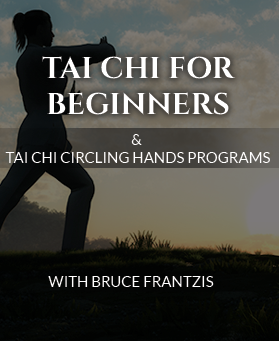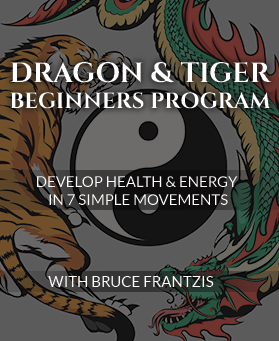Hsing-i Fire Fist also known as Pao Chuan or Pounding Fist is one of the five basic techniques of hsing-i chuan. Pao Chuan focuses on diagonal physical motion, and uses the internal energies of Ward Off, Roll Back, Press Forward, Push Downward and Pull Downward. It concentrates on moving power diagonally in all directions and on explosive forward-moving power.
The Fire Element, Heart and Pericardium
In addition to its basic chi work, the internal pressures initiated in the body by this movement affect the heart and pericardium directly and positively. Pao Chuan is represented by the Fire element, and focuses on explosive and rapid oscillating releases of power.
In Pao Chuan, one hand initially defends and shifts the opponent’s center of balance. Once your opponent’s striking hand has been neutralized by your upper hand’s Pao Chuan or Pounding Fist, your other hand attacks in a very smooth transition.
Pao Chuan Movement
In this fist, the upper defensive hand is the more difficult to master and is the most important part of the technique. Often your upper hand, forearm and elbow are used to twist an opponent’s arm or leg out of the way.
Then, in this newly created gap, you hit the opponent with you upper arm’s hammer fist to conclude the movement. When your upper arm descends, a hammer or back fist is also used to either defend or smash the opponent’s body in an inward-moving, Pi Chuan-like motion.
The lead hand in Pao Chuan is especially used in defenses against high kicks.
Pao Chuan’s Fire Nature
Flames flick and move rapidly. The arms in Pao Chuan can either be light and seemingly weightless, representing the edge of the flame, or heavy and dense representing the core of the fire.
Part of the intent of Pao Chuan is to be able to instantly explode with the hitting hand, in rapid strikes that, at first, seek tiny holes in your opponent’s defenses. Done without physical tension, these punches often use the internal technique of “silk arm,” where your arms can alter direction and move as smoothly as a silk banner in a changing wind.
The bottom hand of Pao Chuan may either hit forward or upward. However, the blow is not like Beng Chuan. Rather it is often done with a lighter feel, using vibrating rather than expanding power to penetrate opponents and take them down.





0 Comments